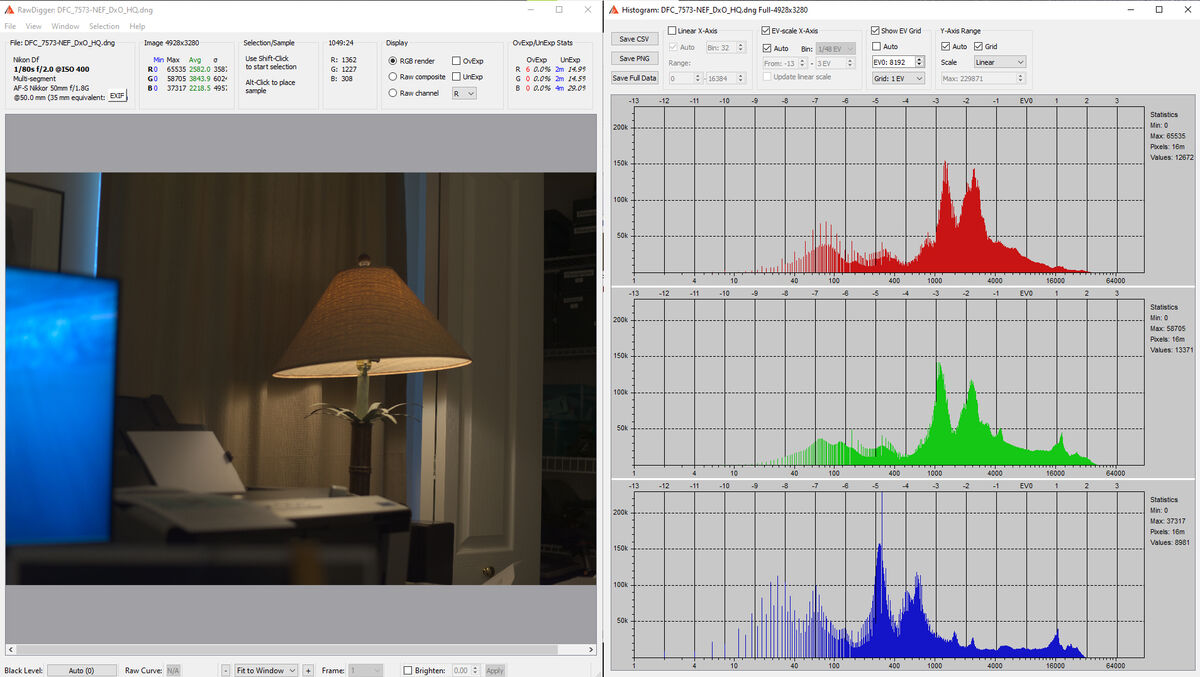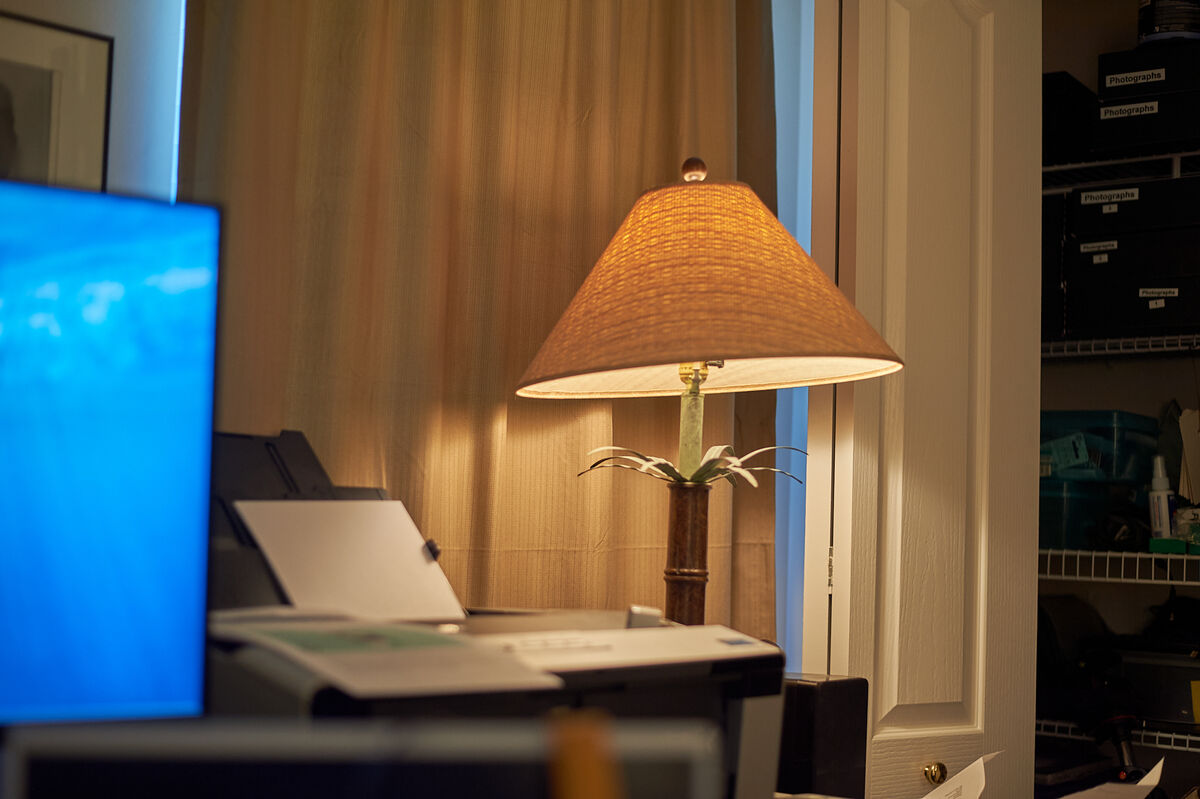Raw files looks dark
Sep 20, 2023 11:58:15 #
burkphoto wrote:
I'm amazed at what even a 12-bit raw file can retain from a scene. But Panasonic's latest camera (Lumix G9 II) uses a special dynamics processor to merge two samples of the raw data together and save the result as a 16-bit raw file. This retains at least an extra stop of detail in high dynamic range scenes. This process is on all the time, in both stills and video, up to 60 frames per second. At faster frame rates, it is turned off due to processor limitations. I'm anxious to try it.
DxO PureRAW does something similar when it converts a 14-bit raw file to a 16-bit DNG. But the 17mb raw file gets turned into a 49mb DNG and the image is demosaiced and de-noised in the process. That's a lot of processing. No wonder it needs to be off most of the time.
You won't really get an improvement in dynamic range, especially if you start with 12-bit raw.
Sep 20, 2023 12:03:20 #
selmslie wrote:
The colors in the shadows are different because of... (show quote)
I'm not sure what your posted images are showing, but skewed colours in the deepest shadows in the raw file is a recognised phenomenon. It's the same skewing that you see with very high ISO values. Most commonly it's darks taking on a purple/magenta tint. Shadows being affected by ambient light is in addition to that effect.
Sep 20, 2023 12:17:44 #
R.G. wrote:
I'm not sure what your posted images are showing, but skewed colours in the deepest shadows in the raw file is a recognised phenomenon. It's the same skewing that you see with very high ISO values. Most commonly it's darks taking on a purple/magenta tint. Shadows being affected by ambient light is in addition to that effect.
I have never seen (or heard of) skewed colors in the deepest shadows.
What I have seen is enough noise that I would not worry about the color.
Sep 20, 2023 12:49:13 #
larryepage
Loc: North Texas area
selmslie wrote:
I have never seen (or heard of) skewed colors in the deepest shadows..
Actually, you have seen it. You've even talked about it and given it a name.
When the white light from the sun enters the atmosphere, it gradually gets separated into two parts. A lot of the blue light is dispersed through the air. That's how the sky gets its color. The remaining portion of the light coming directly from the sun is left a little bit yellower, because of the removal of that blue light. Objects in direct sunlight are illuminated by light from the sun and from the sky, and appear "white." Those in the shade are illuminated by light from the sky plus some light that may be reflected from other objects. The net proportion of blue content in this light is higher than that in sunlight, and there is a significant shift on color toward blue. This is why you have the "Open Shade" white balance choice on your camera.
In the late afternoon, just before sunset, much of the sky is far from the sun and much less bright than usual. This reduces the blue portion of light and creates what you call "Golden Hour."
A few minutes later, the sun sets, taking with it all the light except for the blue light from the sky. This creates "Blue Hour."
On overcast days. the light all gets mixed back together before reaching the earth's surface. But sunlight is attenuated by the clouds much more than the light from sky. So there is a shift toward blue, but not as large as the one for open shade. That's why you have the "Cloudy" option on your white balance dial or menu/
Inderstand this simple duality of outdoor lighting can help solve lots of mysteries around color. It cn also allow you to use white balance adjustments intelligently and effectively.
Sep 20, 2023 13:01:41 #
larryepage wrote:
Actually, you have seen it. You've even talked about it and given it a name. ...
I already covered this in my post on page 8: https://www.uglyhedgehog.com/t-786580-8.html#14171057
The colors are different if the color of the incident light is different, not because they are in the shadows or the highlights.
Here is the original post with the deep shadows recovered. There is no color shift, just lots of grain at 100%.
Sep 20, 2023 13:02:01 #
selmslie wrote:
I have never seen (or heard of) skewed colors in the deepest shadows....
It's the same skewing you get with very high ISO values. I've seen it referred to in several camera review videos. I saw it on the underside of the "mushroom" that the OP posted. The ambient light causes a blue tint to the shadows but some cameras cause a purple/magenta tint to the darkest areas - which you won't see unless you're using very high ISO values in shots involving deep shadows, or alternatively lifting deep shadows a lot. Perhaps your cameras are good enough to not suffer noticeably from that effect. Lots of cameras do.
Sep 20, 2023 14:03:02 #
Edit your RAW to the desired result. That's why you captured in RAW, right?
Sep 20, 2023 14:58:50 #
R.G. wrote:
It's the same skewing you get with very high ISO values. I've seen it referred to in several camera review videos. ...
You can't believe something you see on the internet when you can't verify that the poster knows what he is talking about.
Try to reproduce the effect yourself. I can't.
Below is another shot of the same subject at ISO 12800 - no discoloration.
Full image with no shadow recovery
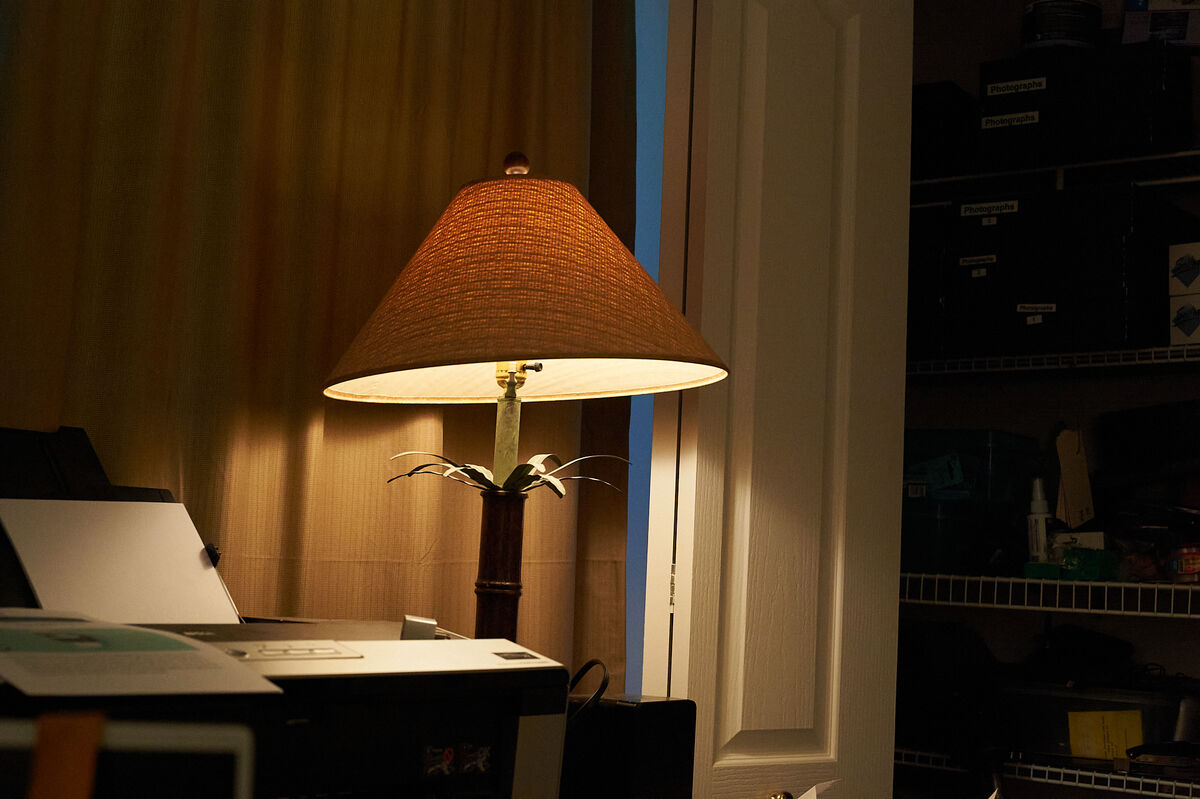
(Download)
100% view - lots of shadow recovery and plenty of noise
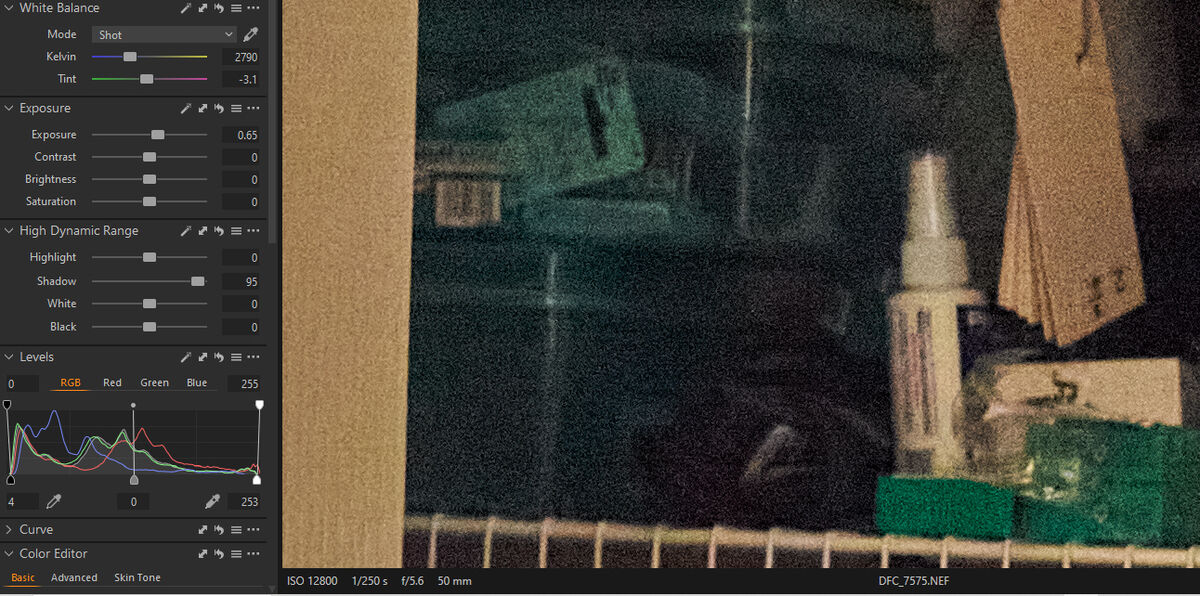
(Download)
Sep 20, 2023 16:02:25 #
RAW lets each photographer decide for themselves: are you the finger or the button?
Sep 20, 2023 16:36:24 #
R.G. wrote:
That sounds like a very interesting development - until we get fast and accurate 16 bit ADCs. Until then, 12 bit means 12 stops of dynamic range - at least where the data is concerned.
Yep. The new 25.2 MP m43 sensor is the best one yet for dynamic range, although it isn't stacked like the one in the OM Systems OM-1. (DR vs no rolling shutter...)
Sep 20, 2023 16:45:36 #
selmslie wrote:
You can't believe something you see on the internet when you can't verify that the poster knows what he is talking about.
Try to reproduce the effect yourself. I can't.
Below is another shot of the same subject at ISO 12800 - no discoloration.
Try to reproduce the effect yourself. I can't.
Below is another shot of the same subject at ISO 12800 - no discoloration.
Beautiful shot ☀️☀️☀️☀️
Sep 20, 2023 16:52:56 #
selmslie wrote:
Below is another shot of the same subject at ISO 12800 - no discoloration.
Another test at ISO 12800 with the Z7.
Unaltered original
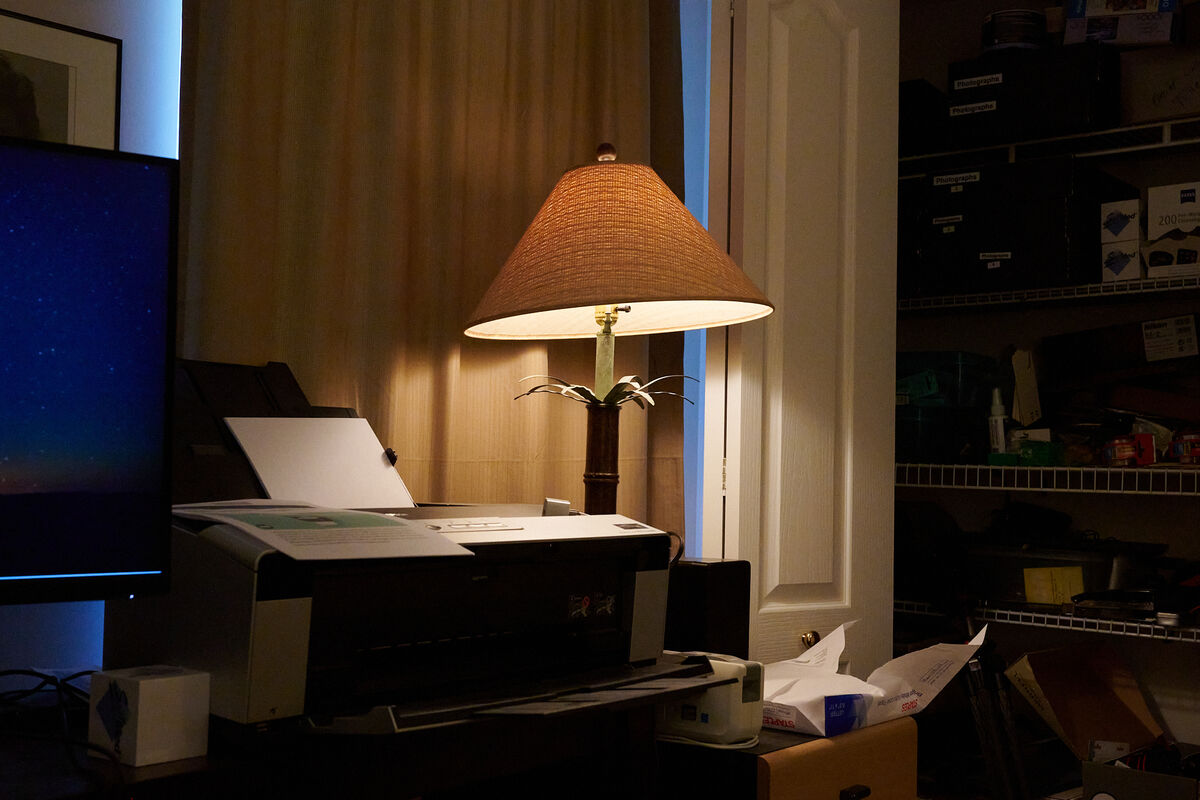
(Download)
A lot of shadow recovery - no color shifts, less noise than the Df
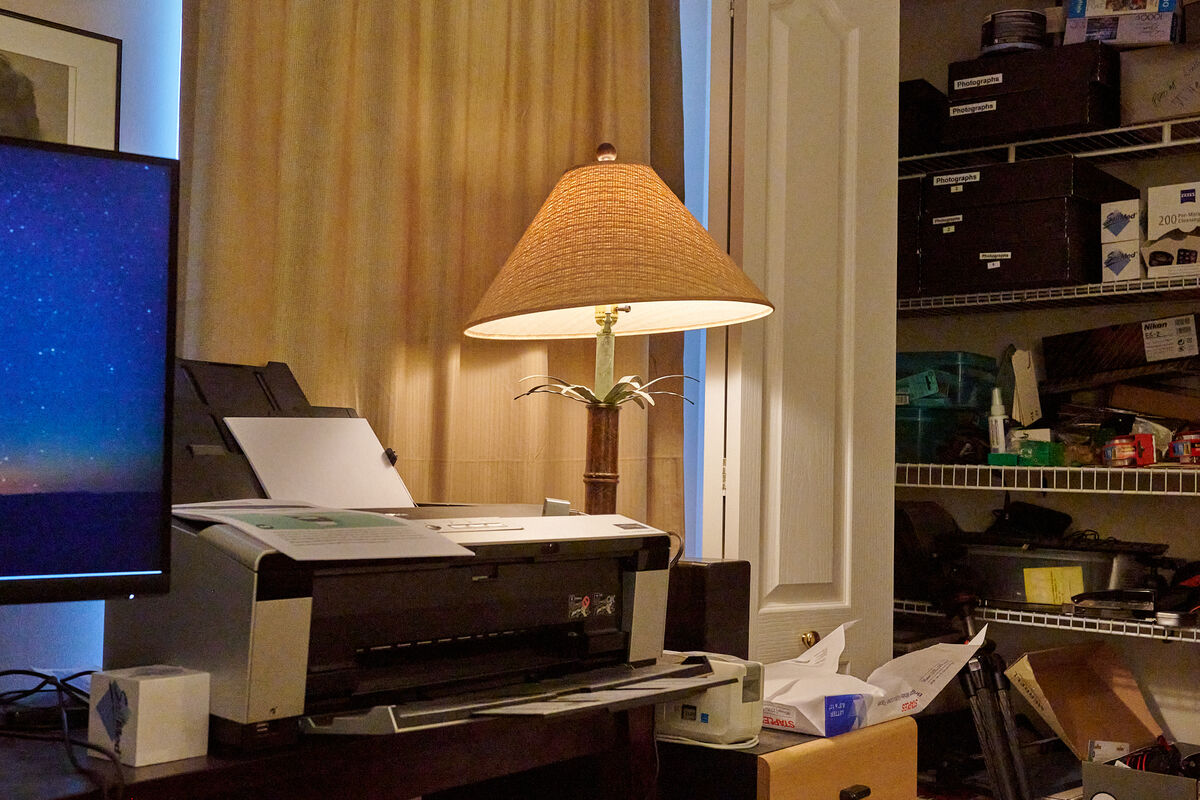
(Download)
Sep 21, 2023 15:05:27 #
I hope everyone is viewing these images on a calibrated monitor. Otherwise, what's the point in discussing/arguing about the topic.



---



---
Sep 21, 2023 16:03:51 #
Bill_de wrote:
I don’t know about everybody but I am. I hope everyone is viewing these images on a calibrated monitor. Otherwise, what's the point in discussing/arguing about the topic.



---



---
There can be several issues (1) monitor color and (2) monitor brightness and (3) ambient room lighting (color and brightness).
Many people’s monitors are actually too bright because the ambient light level is high.
Sep 21, 2023 16:06:03 #
JD750 wrote:
I don’t know about everybody but I am.
There can be several issues (1) monitor color and (2) monitor brightness and (3) ambient room lighting (color and brightness).
Many people’s monitors are actually too bright because the ambient light level is high.
There can be several issues (1) monitor color and (2) monitor brightness and (3) ambient room lighting (color and brightness).
Many people’s monitors are actually too bright because the ambient light level is high.
My laptop is not calibrated because the color calibrator I have only work with the NEC monitors which I have on my desktop. My desktop is calibrated with the white point of 100nits.
If you want to reply, then register here. Registration is free and your account is created instantly, so you can post right away.

